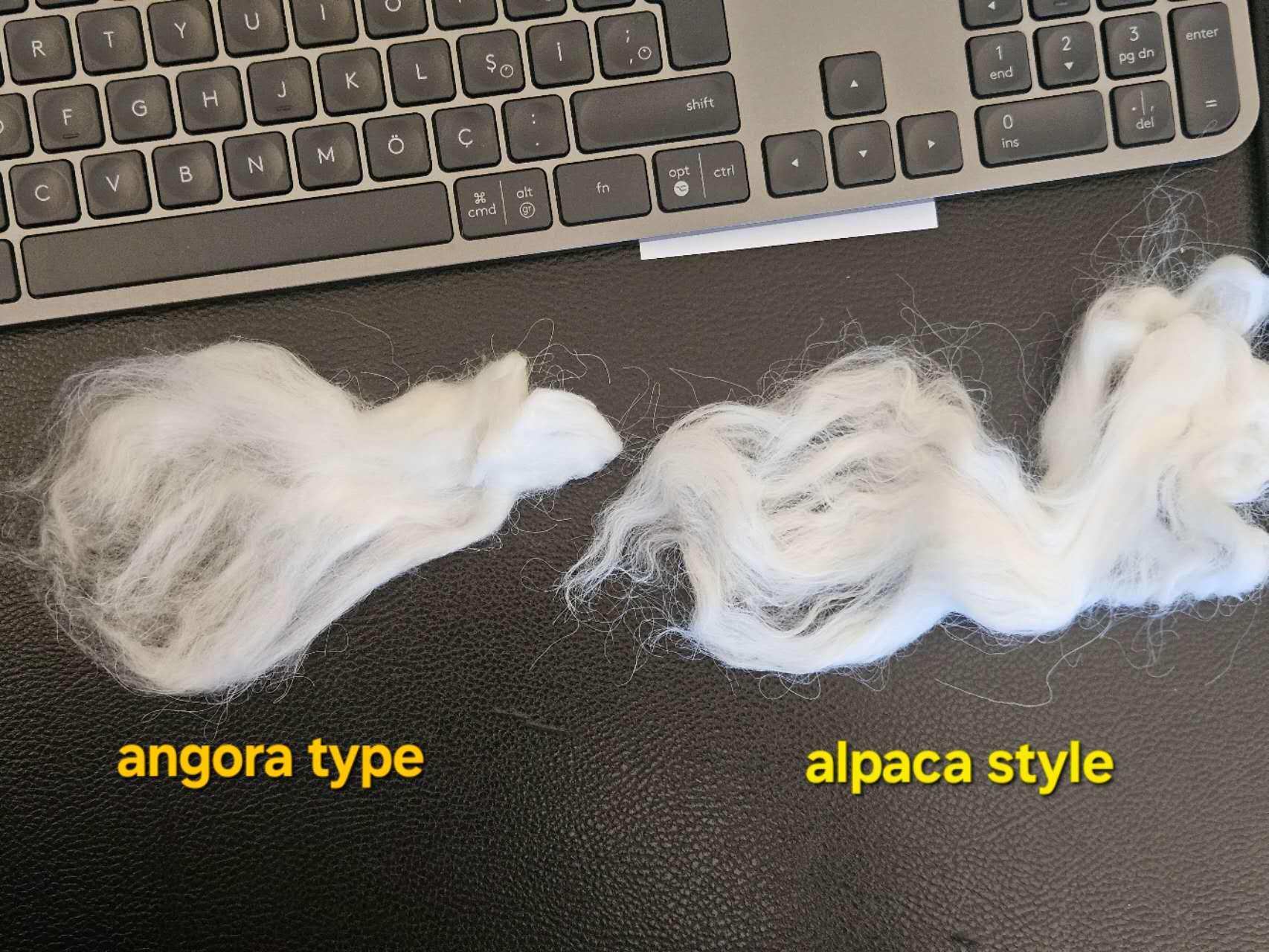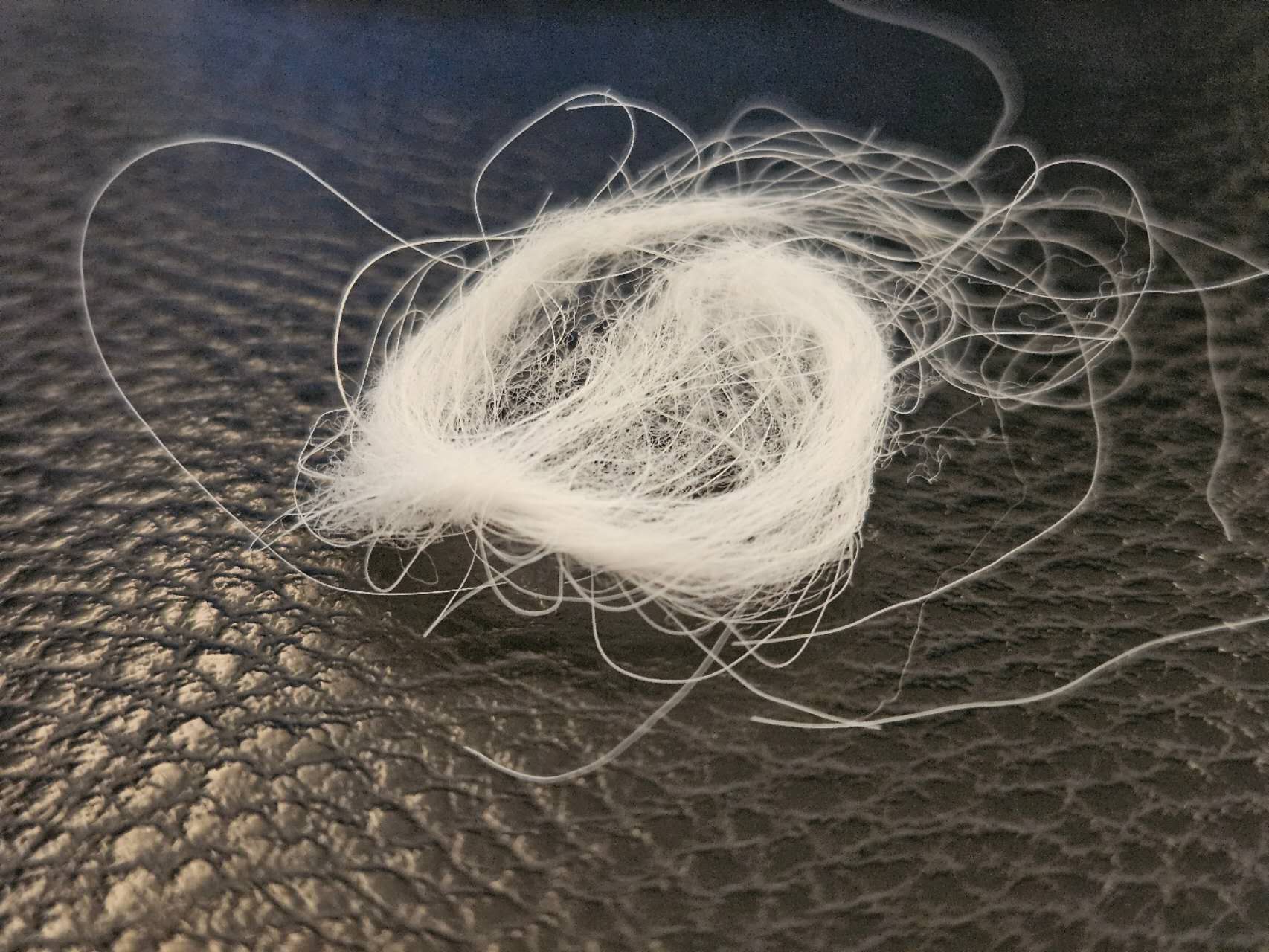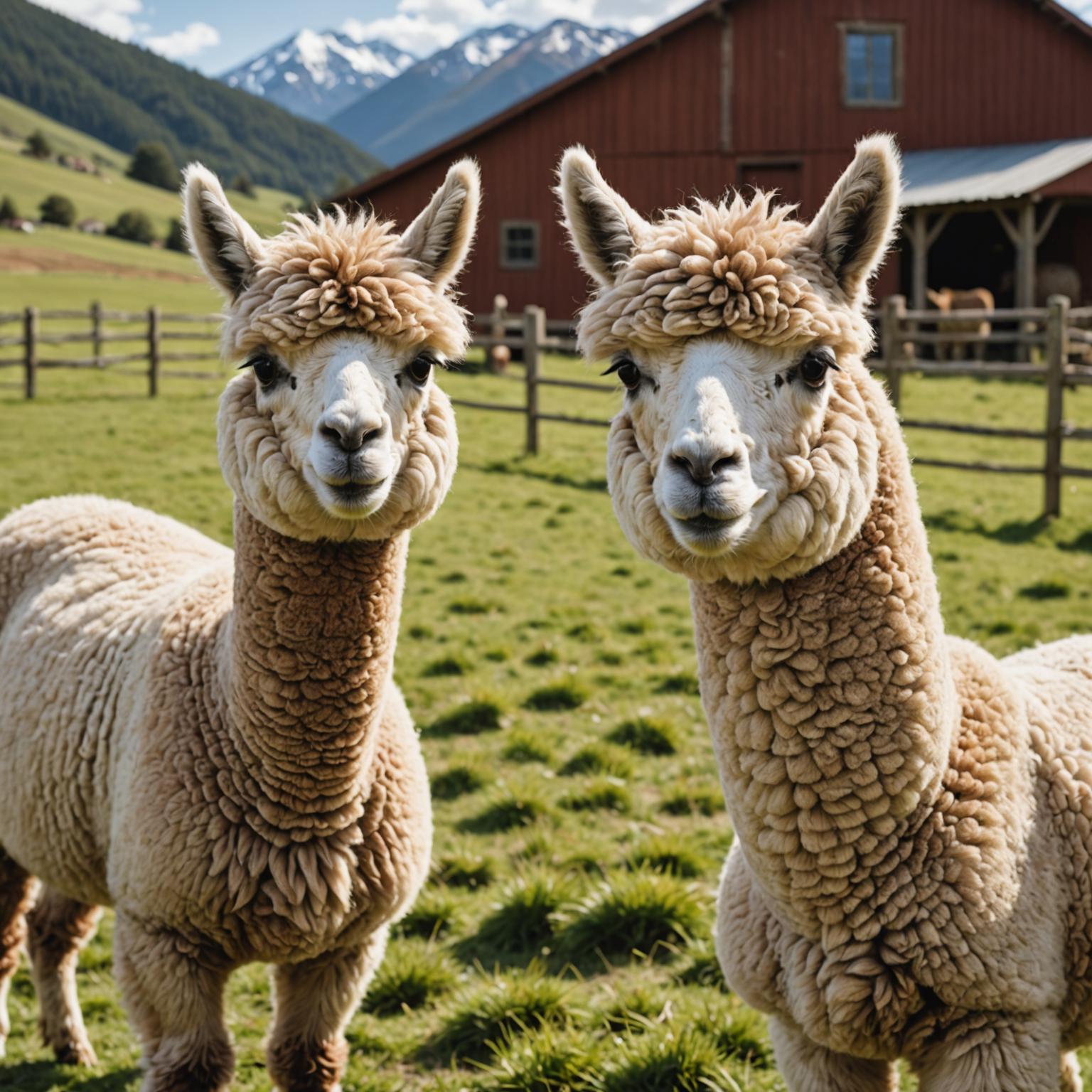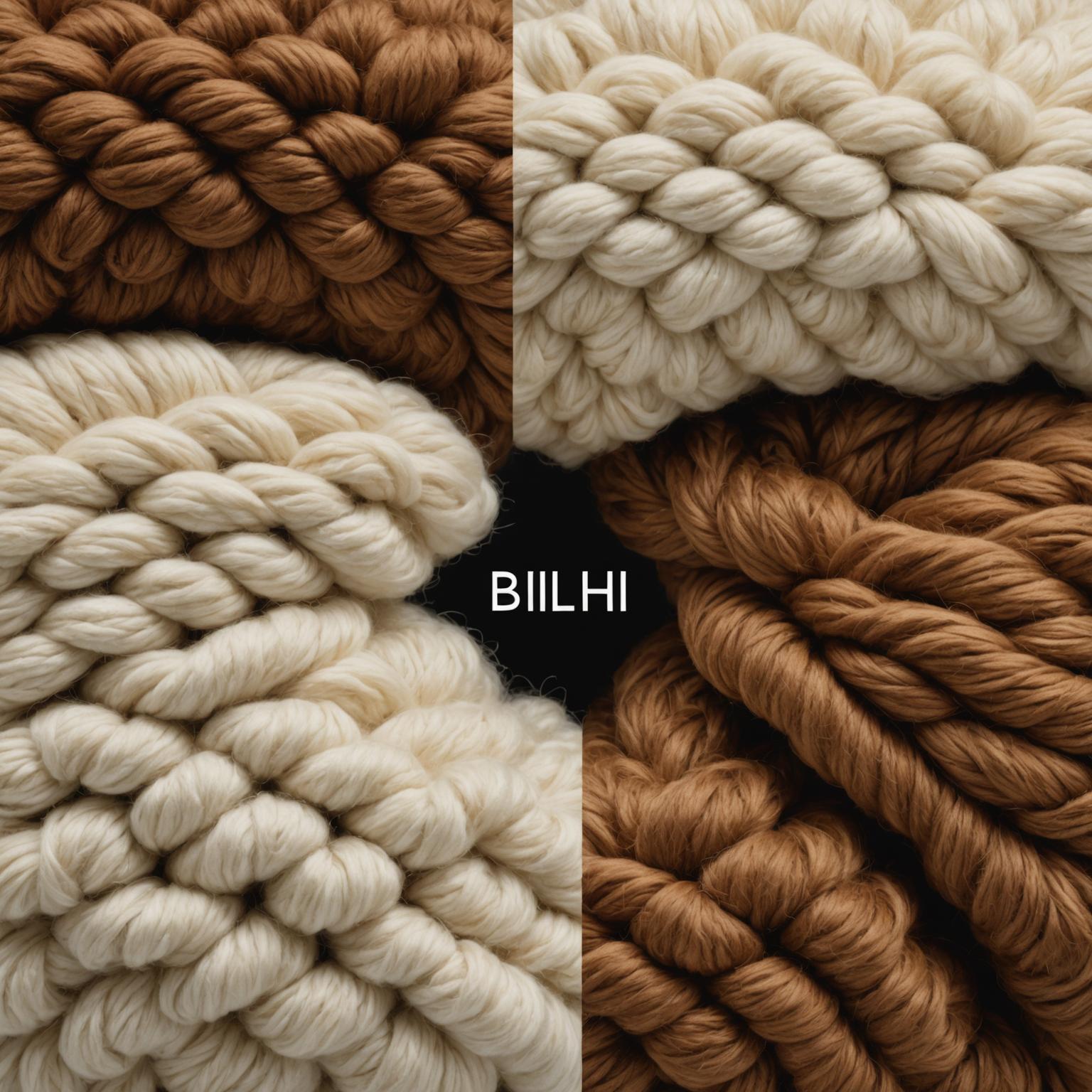Fibers in Focus: Understanding Alpaca and Nylon
When selecting materials for apparel, home textiles, or even industrial uses, the type of fiber plays a crucial role in the final product's performance and appeal. From the natural warmth of animal fibers to the engineered strength of synthetics, each option brings unique qualities. Today, we explore two distinct yet popular materials: the natural alpaca fiber, cherished for its softness and warmth, and the resilient synthetic nylon fiber, known for its durability and versatility. Understanding the differences will help you make informed choices for your specific needs.


Discovering Alpaca Fiber: Nature's Luxury
Alpaca fiber comes from alpacas, South American camelids prized for their fine, lustrous fleece. This natural protein fiber is renowned for its exceptional softness, often compared to cashmere, yet it possesses a remarkable strength and durability. There are different types of alpaca fiber, primarily categorized by the two alpaca breeds: Suri and Huacaya. Suri alpacas produce silky, lustrous fleece that hangs in long, separate locks, while Huacaya alpacas grow a dense, crimpy, sheep-like fleece. The quality of the fiber also varies based on the alpaca's age and the fineness of the individual strands, measured in microns. Generally, alpaca fiber is hypoallergenic as it contains very little lanolin, making it a great choice for those with sensitive skin. Its structure, with hollow or semi-hollow cores in many fibers, contributes to its lightweight feel and excellent thermal regulation.
The Wonders of Alpaca: Key Alpaca Fiber Properties and Benefits
The alpaca fiber properties are what make it so sought after. It is significantly warmer than sheep's wool due to the aforementioned hollow core, which traps air and provides superior insulation. Despite its warmth, it is also breathable, helping to regulate body temperature effectively across different conditions. Key alpaca fiber benefits include:
1. Softness and Comfort: Alpaca is incredibly soft and luxurious against the skin.
2. Hypoallergenic: Its low lanolin content makes it suitable for many people who are allergic to wool.
3. Thermal Regulation: It keeps you warm in the cold and breathes well in warmer weather.
4. Durability: Despite its fineness, alpaca fiber is strong and resilient, leading to long-lasting garments.
5. Water Resistance: It naturally repels water to some extent and can wick moisture away from the body.
6. Lustrous Appearance: Alpaca has a beautiful natural sheen, adding an element of elegance to textiles.
7. Eco-Friendly Aspects: Alpacas are gentle on grazing lands, and their fiber can be processed without harsh chemicals. It is a renewable resource.
Understanding Nylon Fiber: The Synthetic Powerhouse
Nylon fiber is a synthetic polymer, specifically a polyamide, first produced in the 1930s. It was a groundbreaking invention, offering a combination of strength, elasticity, and affordability that natural fibers couldn't always match for certain applications. Nylon is created through a chemical process called polymerization, resulting in a versatile material that can be melt-spun into various forms and thicknesses. This adaptability allows nylon fiber to be used in a vast range of products, from delicate stockings and apparel to robust ropes, carpets, and industrial components. Its inherent properties include high tensile strength, excellent abrasion resistance, and good elasticity, meaning it can stretch and return to its original shape.
Advantages and Considerations of Nylon Fiber
Nylon fiber offers several distinct advantages:
1. Exceptional Durability: It is highly resistant to wear, tear, and abrasion, making it ideal for items that endure significant stress, like backpacks, luggage, and outdoor gear.
2. Strength: Nylon has a high strength-to-weight ratio.
3. Elasticity: It can stretch considerably without breaking and recovers its shape well.
4. Resistance to Chemicals and Oils: Nylon holds up well against many common chemicals and oils.
5. Quick Drying: It has low moisture absorbency and dries quickly, beneficial for swimwear and activewear.
6. Affordability: Generally, nylon is less expensive to produce than many natural luxury fibers.
However, there are considerations. Nylon is derived from petrochemicals, making it a non-renewable resource. Its production can be energy-intensive, and it is not biodegradable, contributing to plastic pollution unless properly recycled. Some people might also find it less breathable than natural fibers, potentially leading to discomfort in hot conditions.
Nylon vs Alpaca: A Comparative Glance
When considering nylon vs alpaca, their differences become quite apparent, catering to distinct needs and preferences:
1. Source and Sustainability: Alpaca is a natural, renewable fiber from animals, often with a lower environmental impact in its raw form. Nylon is a synthetic, petroleum-based product, though advancements are being made in recycled nylon.
2. Warmth and Breathability: Alpaca fiber excels in providing warmth due to its hollow core and is also very breathable. Nylon offers some insulation but is generally less breathable than alpaca, which can sometimes feel clammy.
3. Softness and Comfort: Alpaca is prized for its luxurious softness and hypoallergenic qualities. Nylon's texture can vary greatly depending on its processing but is generally not as soft as high-quality alpaca.
4. Durability and Strength: Both are durable, but in different ways. Nylon has exceptional tensile strength and abrasion resistance, often outperforming natural fibers in high-stress applications. Alpaca is strong for a natural fiber and resistant to pilling, but might not match nylon's sheer toughness in industrial contexts.
5. Moisture Management: Alpaca wicks moisture away from the body and is water-resistant. Nylon has low absorbency and dries quickly but doesn't actively wick moisture in the same way natural fibers do; it tends to keep moisture on the surface.
6. Care: Nylon is generally easy to care for, often machine washable. Alpaca requires more delicate handling, typically hand-washing or dry cleaning.
7. Cost: High-quality alpaca fiber is a luxury material and tends to be more expensive than standard nylon fiber.
8. Hypoallergenic Properties: Alpaca is naturally hypoallergenic. Nylon is also generally non-irritating for most, though the dyes and finishes used can sometimes cause reactions.
Choosing Between Alpaca and Nylon
The choice between alpaca fiber and nylon fiber ultimately depends on the intended use and personal priorities. For luxurious, warm, and hypoallergenic garments where comfort and natural appeal are paramount, alpaca is an outstanding option. Its alpaca fiber benefits, particularly its thermal properties and softness, make it ideal for high-quality sweaters, scarves, and blankets. Conversely, if the primary requirements are extreme durability, elasticity, water resistance for active use, and cost-effectiveness, nylon often comes out on top. It's a workhorse for items like outdoor gear, activewear, ropes, and industrial parts. Both fibers have their place, and sometimes they are even blended to combine their respective strengths. Understanding these distinctions allows consumers and designers to select the material that best suits their vision and functional needs.







